A Flexible Model Is Necessary for Today’s Respiratory Testing
By Gabby Mora
Two new whitepapers highlight the value of customizable respiratory testing in reducing costs, increasing reimbursement coverage, adhering to clinical guidelines, and meeting diagnostic stewardship goals

In the world of respiratory testing, uncertainty is a given. How bad will the next flu season be? Which pathogens will circulate? How much will my lab have to spend on testing? There is no way to eliminate uncertainty from respiratory testing, but a strategic selection of a testing platform — such as the highly flexible LIAISON PLEX® System — can help navigate and respond to that uncertainty.
Todays respiratory testing challenges
Take, for example, the dynamic reimbursement landscape. Clinical laboratories may find it easiest to run syndromic panels for all respiratory infection cases. However, syndromic panels are not necessarily covered by insurance for all patients — and these laboratories may find much more uncertainty in reimbursement than labs that adhere to recommended clinical guidelines. In many cases, large-scale syndromic panels are not a cost-effective solution.
Another consideration arises from diagnostic stewardship efforts. In today’s healthcare environment, there is a growing focus on the appropriate use of syndromic molecular panels. To ensure that patients get the right test at the right time, testing algorithms that point to the most appropriate test targets based on patient demographics, seasonality, geographical location, outbreaks, and immune status must be established.
In both cases, flexibility in testing offers substantial benefits. A customizable molecular panel can play an important role as healthcare systems move toward value-based reimbursement programs and try to rein in rapidly increasing costs.
Creating custom panels based on appropriate clinical guidelines, tailored to seasonality and unique patient populations
Diasorin has developed a uniquely flexible approach to meet this growing need. The LIAISON PLEX® System offers the ease of use of a single assay that provides the flexibility to match diagnostic stewardship goals. Clinicians and laboratorians can create custom panels based on appropriate clinical guidelines, tailored to seasonality and unique patient populations. This option replaces the need for other syndromic panels, offering the ability to lower costs by running targeted panels with fewer targets while enabling users to opt for the full panel when needed. Flexible testing empowers providers to make diagnostic decisions based on their clinical expertise and assessment of the patient, rather than being limited by manufacturer-defined test panels.
Overcoming the limitations of one-size-fits-all testing with the LIAISON PLEX® Respiratory Flex Assay
Diasorin’s FDA-cleared LIAISON PLEX® Respiratory Flex Assay brings this flexible model to respiratory testing, helping labs overcome the limitations of one-size-fits-all testing. The assay includes 14 viral and 5 bacterial targets, allowing users to offer the full syndromic panel when clinically appropriate or select subsets of those targets to create their own mini-panels for more targeted testing.
Here’s how it works: clinical laboratories implement and verify a single syndromic panel for respiratory infections that covers the most common viral and bacterial targets. Then, for each sample, users can select which targets they want to analyze, and test cost is based on the number of targets reported. Labs can also group selected targets into predefined custom panels (for example, a panel focused on the most likely pathogens in pediatric patients), which can then be used repeatedly for similar cases.
In addition to the ability to select custom sub-panels from the broader panel, the other value in Flex™ Testing resides in what occurs after initial testing. If a custom panel yields negative results, labs can report additional targets from the full panel without needing to run the assay again or collect another sample from the patient. The final cost is determined by the total number of targets reported, allowing labs to closely manage operational expenses while maintaining diagnostic efficiency.
Witness the real-world benefits of a flexible testing model in our two white papers
The Diasorin team has published two educational whitepapers focused on the real-world benefits of a flexible testing model. Check them out:
Diagnostic Stewardship for Multiplex Respiratory Testing: Flexibility Is the Name of the Game
By Kaisha Gonzalez, PhD and Giulia Amicarelli, PhD
This whitepaper examines data from more than 1,500 samples tested in a single recent respiratory disease season, with useful findings about pathogen prevalence in different patient demographic groups, showing that 85% to 95% of positivity originates from just seven targets.
By Stephanie Ibbotson and Bridget Parsons
This whitepaper delves into reimbursement considerations, diagnostic stewardship, ongoing clinical challenges associated with respiratory testing, and potential cost savings from adapting to a flexible testing approach.
For information about the LIAISON PLEX® and its many features, including its unparalleled flexibility, please visit our website to learn more:

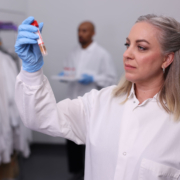
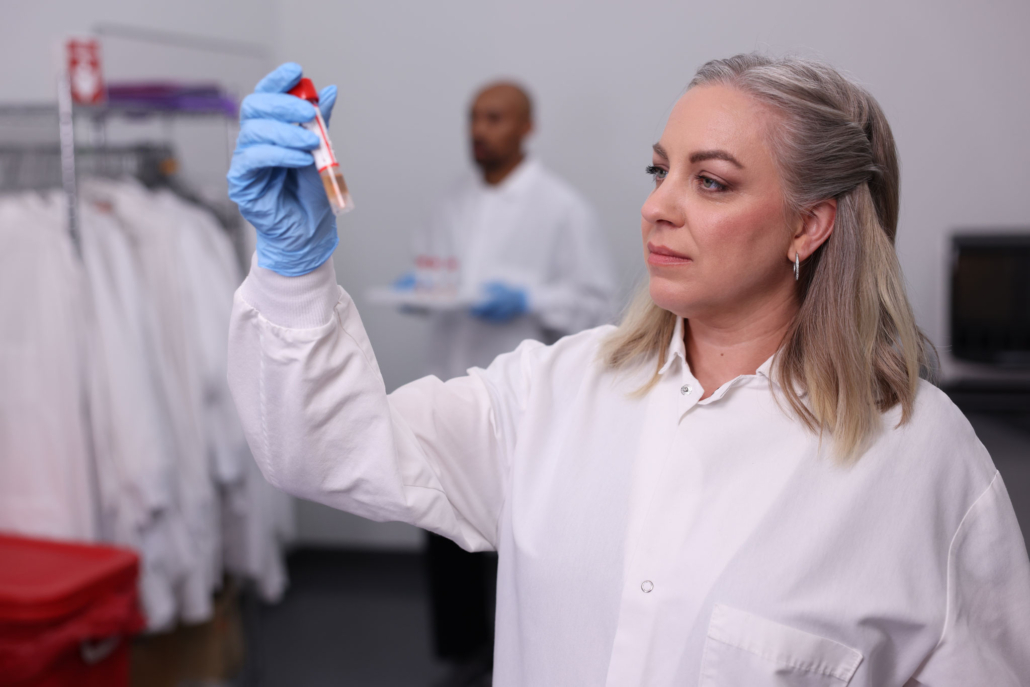




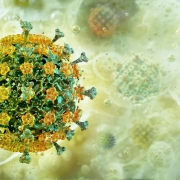



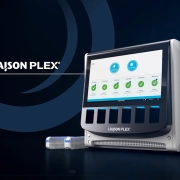

 Since the end of the COVID-19 pandemic, it has been a challenge for clinical lab teams to monitor new reimbursement policies related to COVID-19 testing now that it is no longer a public health emergency. Will CPT code 87635* for COVID-19 molecular testing still be covered? The short answer is yes … for the most part. Here’s a look at how coverage
Since the end of the COVID-19 pandemic, it has been a challenge for clinical lab teams to monitor new reimbursement policies related to COVID-19 testing now that it is no longer a public health emergency. Will CPT code 87635* for COVID-19 molecular testing still be covered? The short answer is yes … for the most part. Here’s a look at how coverage 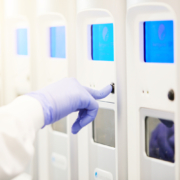
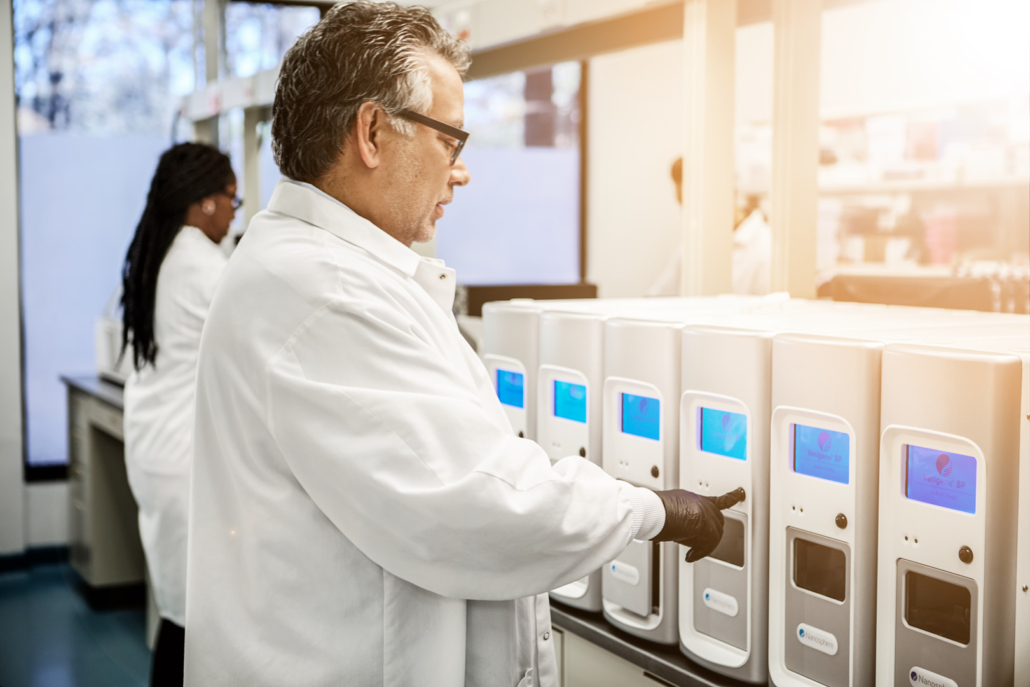 At Cape Cod Healthcare in Massachusetts, microbiology supervisor Patricia Phelan has been using a gastroenteritis panel assay that includes norovirus for the past four years to test patients and check for potential outbreaks in the hospital and the community.
At Cape Cod Healthcare in Massachusetts, microbiology supervisor Patricia Phelan has been using a gastroenteritis panel assay that includes norovirus for the past four years to test patients and check for potential outbreaks in the hospital and the community.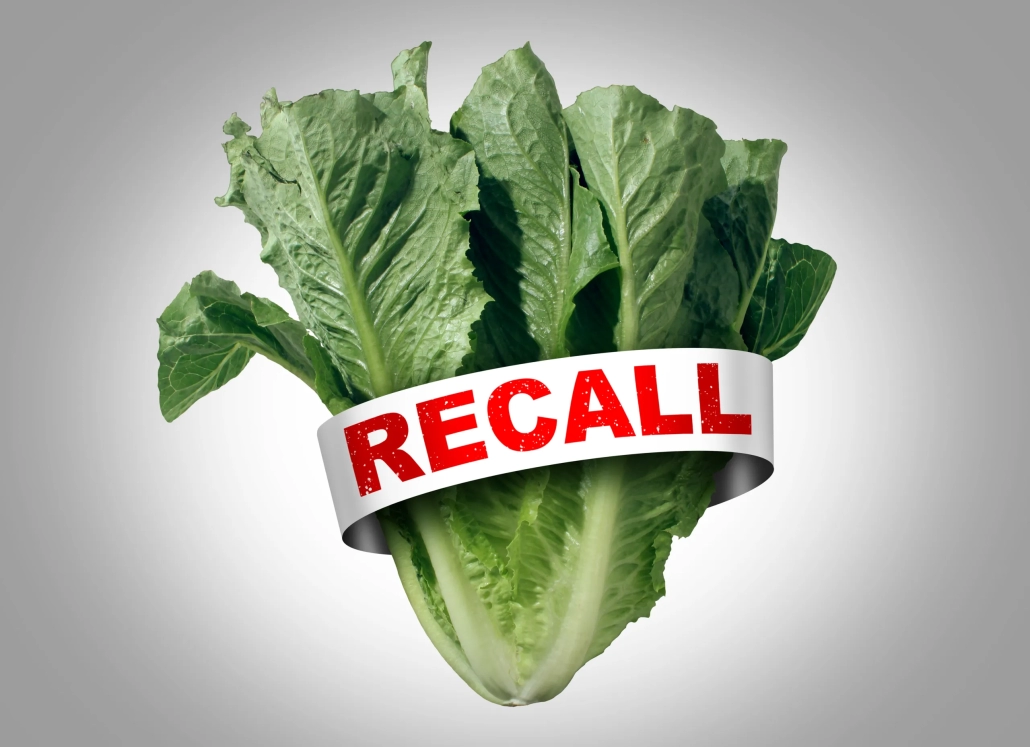 This is why Diasorin includes norovirus on our molecular gastroenteritis panel, the
This is why Diasorin includes norovirus on our molecular gastroenteritis panel, the 
